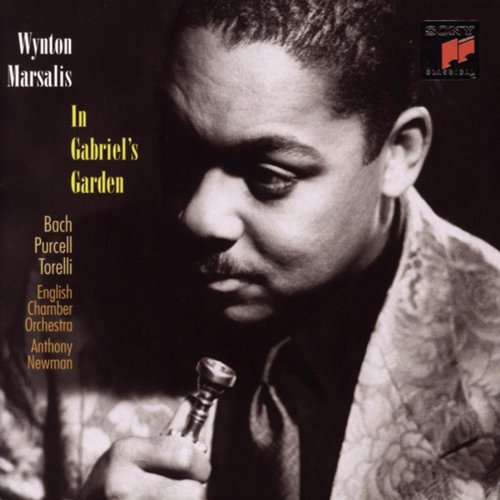It’s very rare to find a complete package in a song, where the balance of words and music is more or less equal. Usually, when I listen to music, the words sung, that’s not what I’m listening to. That’s not what usually grabs me out of a song. ~Chris Thile
There is a wonderful story early in my relationship with my wife (when we were still dating). We were just getting to know each other, and I sent her a Nickel Creek album. Her first reaction to it (it’s bluegrass, in case you’re unfamiliar) was “Oh. He really doesn’t know what kind of music I like.” And then she kept listening, and the more she listened, she found herself overwhelmed and drawn in by the beauty of the lyrics and the music. She very much saw the lyrics as if I had sent a message to her through them.
Turns out, I’m not really much of a lyrics guy. Actually, I was quite unfamiliar with the lyrics on the album. Of course, I loved the vocals and the harmonies and the playing and the song writing and the music, and I may have picked up some small snippets of the lyrics, but I don’t really listen to lyrics when I listen to music. Of course my wife was shocked to find this out.
This begs the question: did I intend to send the message my wife received?
Framed another way: do the music and the lyrics carry the same meaning?
My answer is: in a good song they do. Recently, we discovered an interview in which Chris Thile talks about this very issue – about how hard he works to create a song that is the whole package. So I fully believe that I was telling my future wife all of those things, just using a different language.
I often hear song selections discussed in terms of lyrics. I guess that is OK. I don’t think songwriters think or speak this way (exclusively in terms of their lyrics). I think songwriters speak in terms of both what the lyrics and the music are saying.
But we owe it to the integrity of what we do to think in terms of both the lyrics and the music. To choose songs that are coherent, and songs that are balanced. Part of the wonder of music is that it can speak to truths beyond facts or rational thinking. It can appeal to things we know in our hearts to be true – that God is big, that we are small, that He loves us regardless, and that we can’t contain him within our minds.



 What if I told you there was one simple thing you could do to make your whole band sound better from the first note?
What if I told you there was one simple thing you could do to make your whole band sound better from the first note? With 17 years of piano lessons (most done with really poor teachers, some done with really fantastic teachers), I’m firmly grounded in notes and classical technique. While this provides an excellent foundation for playing well, it’s not a great foundation for playing what is on your heart and mind.
With 17 years of piano lessons (most done with really poor teachers, some done with really fantastic teachers), I’m firmly grounded in notes and classical technique. While this provides an excellent foundation for playing well, it’s not a great foundation for playing what is on your heart and mind. One of my favorite books to read to my kids is
One of my favorite books to read to my kids is